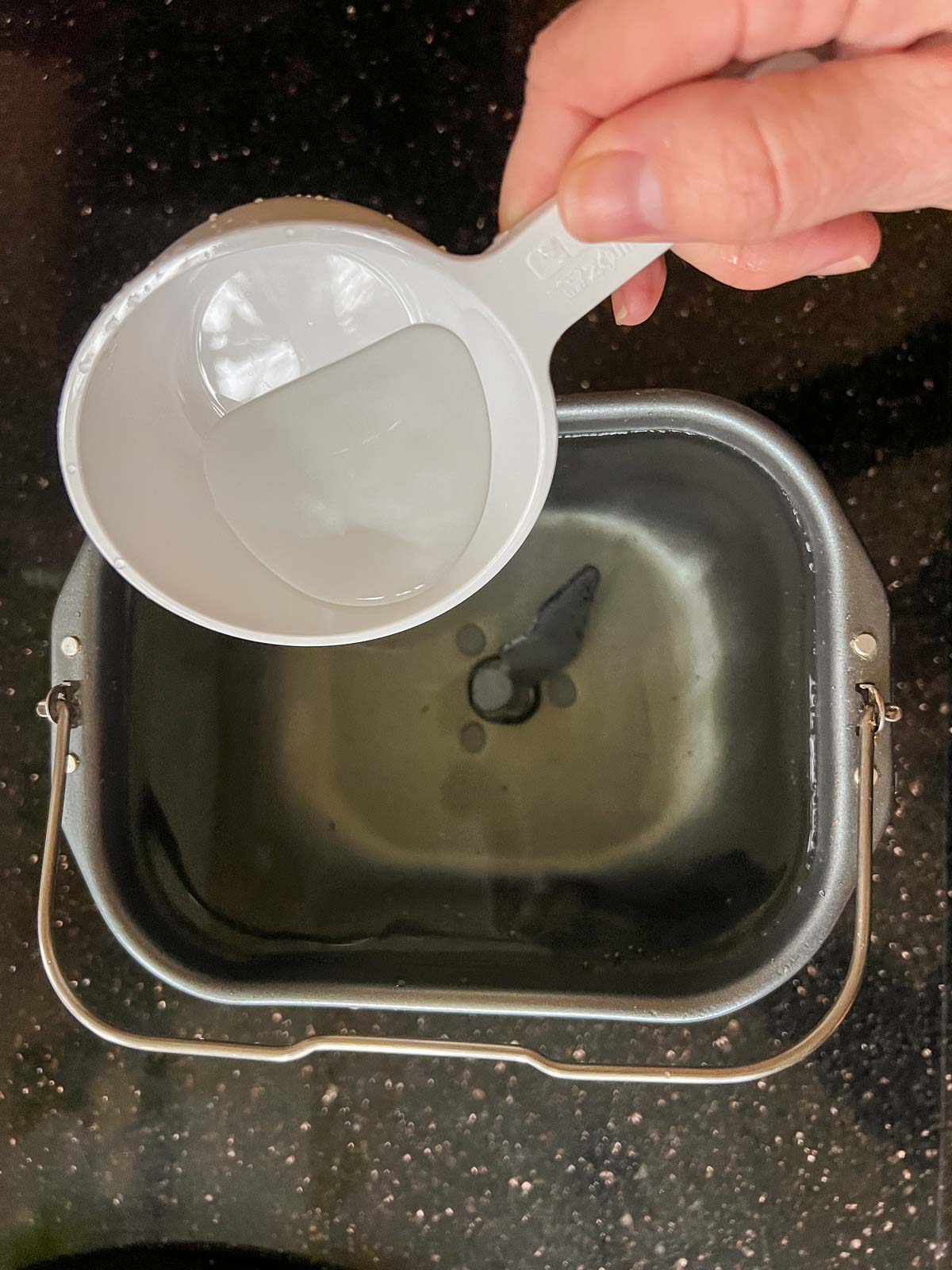Is it a Good Idea To Double a Bread Machine Recipe?
Sneak Preview: Wondering whether or not you can double a bread machine recipe? Continue reading to discover why this might not be the best approach, along with some practical alternatives.

As an Amazon Associate, I earn from qualifying purchases.
A common question from bread makers, especially during the holidays, is about doubling bread machine recipes. My straightforward answer? It’s generally inadvisable.
Like many of you, I find myself baking bread more frequently when entertaining guests. Rather than doubling the ingredients in a single batch, let me guide you through some effective alternatives that I personally use and recommend.
The Risks of Doubling a Bread Machine Recipe
- Kneading Problems: If you add more ingredients than the manual suggests, your machine might not mix the dough well enough. This means your bread might not turn out as good as it should.
- Motor Stress: Too much dough can overwork and strain the machine’s motor. If you hear odd noises, that’s a sign it’s struggling. Some machines even shut off to avoid damage if they’re overloaded.
In short, it’s best to stick to the recommended amounts for the best bread and to keep your machine running smoothly.
How Can I Know How Much Dough My Bread Maker Will Handle?
Check your bread machine manual. Go online if you can’t find it or if you purchased a used machine with no manual in sight.
Now, examine the recipes in the manual. What is the largest amount of flour you see in those recipes? The picture below comes from my bread machine manual.
The maximum amount of flour listed is 4¼ cups. These recipes suggest I should not go over 4¼ cups of flour in my 2-lb machine.


But wait! Look at the recipes on the right. They use 5 cups. You can use slightly more whole wheat flour because it won’t rise as high. Noting the recommended maximum amount of flour is especially important if you plan to bake your bread in the machine with the one-and-done button.
In general:
- A 2-lb machine can handle 4-4.5 cups of flour.
- A 1½-lb machine will make a recipe containing 3-3½ cups of flour.
- A 1-lb machine will accept 2-2½ cups of flour.
Without a manual, you can measure the bread machine pan using water to determine the size of your machine. According to Beneficial Bento, a 2-pound bread maker will hold around 12 cups of water. A 1.5-pound machine will hold 10 cups, and a 1-pound machine will hold 8 cups of water.

Exception: If the original recipe is relatively tiny, as in 2 cups of flour, you may double the recipe IF your machine is a 2 or 3-pound machine.
Need Lots of Bread? Here Are Some Tips To Make It Happen

- Sequential Batches with the DOUGH Cycle: An efficient way is to use the DOUGH cycle of your bread machine. Simply start by mixing and kneading one batch. Once the kneading phase ends, transfer the dough to another bowl, cover it, and let it rise in a warm place. Then, you can immediately start with your next batch. You’ll likely find that your second batch is ready to shape just as you finish with the first one – neat and time-saving!
- Double up on machines: How about using two machines? If you don’t have a second one, consider borrowing or buying a used one from a thrift store. They can often be yours for a song; frequently, they are brand new. Stick to a brand you’ve heard of before.
- Plan Ahead with Overnight Prep: Here’s a trick: make one batch the night before. Once the DOUGH cycle is complete and your dough has doubled, you’ve got two choices:
- Shape the dough immediately and refrigerate overnight. The next day, let the dough come to room temperature and puff up before baking.
- Alternatively, place the dough in a large container and chill. The next day, shape the cold dough. Allow extra time for the rolls or loaf to warm up and rise before baking.
- Stand Mixer as a Last Resort: If all else fails, turn to your trusty heavy-duty stand mixer. Most of my bread machine recipes also include instructions for using a stand mixer or making the dough by hand. Depending on your mixer’s capacity, you might even be able to double the recipe!
Parting Thoughts: I hope these tips help you keep up with your bread needs, especially when you’re catering to a crowd or prepping for a big event.
If you have questions or suggestions, email me privately for a quick answer: Paula at saladinajar.com. Hope to see you again soon!


Paula Rhodes, owner
As a retired home economist, I created Saladinajar.com to share my belief that you don’t have to be a chef to find joy in creating homemade food worth sharing. Bread machines (used in an unconventional way), homemade yogurt, and quick microwave recipes are my specialty.